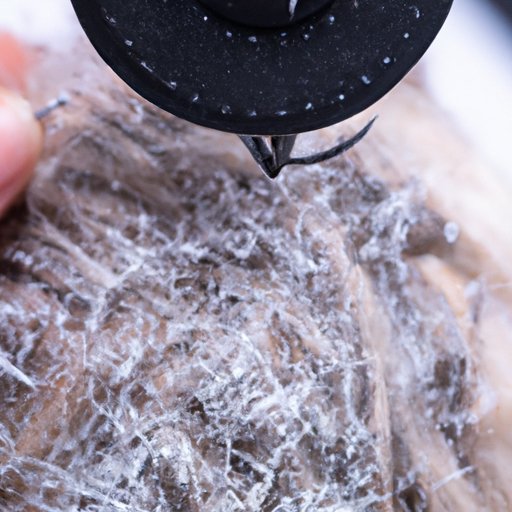
Introduction
Lice infestations are a common problem that affect millions of people worldwide. Dealing with these pesky parasites can be frustrating and stressful, especially when it comes to identifying them. Often, misconceptions about identifying lice make the process even more challenging. In this article, we will clarify misconceptions about identifying lice and provide helpful strategies for early detection.
The Truth Behind Lice: Why Seeing Isn’t Always Believing
One of the most significant challenges with identifying lice is that they can be difficult to see with the naked eye. Lice are tiny insects that live exclusively on human scalps. They move quickly and are skilled at blending in with hair strands. Additionally, lice have different life stages, from eggs to nymphs to adult lice, which affect their visibility.
As a result, relying on sight alone to detect lice can be risky. Visual inspections can often miss early-stage lice infestations.
Debunking the Myths: Can You Actually See Lice on Your Head?
Many people think that lice are always visible, but that’s not entirely true. Lice can be challenging to spot, especially in the early stages of an infestation. Dandruff or residue from hair products can also complicate the identification process.
Visual inspections for detecting lice have limitations. Even with a magnifying glass, the tiny size of lice can make it difficult to see them. Plus, nymphs and adult lice move quickly from one area of the scalp to another.
Get a Clearer Picture: Understanding How Lice Actually Look
To identify lice accurately, you need to understand how they look. Lice are small, wingless insects that measure up to 3mm in length. They appear flattened from top to bottom and have six legs adapted for clinging to hair. Lice vary in color from light brown to gray, depending on their age.
Nits, the egg sacks that lice lay on hair strands, are oval and often appear yellow or tan. They are about the size of a pinhead and are usually located close to the scalp.
Visual aids such as photos or diagrams can be helpful in identifying the different stages of lice.
To See or Not to See? The Challenge of Spotting Lice Infestations
Detecting lice infestations can be challenging, but it’s crucial to catch them as early as possible. Lice can spread quickly, especially in environments like schools or camps.
Apart from visual inspections, using a fine-toothed comb or checking for bites or rashes can help identify lice infestations. However, bites and rashes can indicate other skin conditions, so it’s essential to consult a healthcare professional for an accurate diagnosis.
Lice or No Lice: How to Identify Symptoms Beyond Sight
Along with visual inspections, several symptoms can indicate a lice infestation. Itching, redness, and soreness are common symptoms caused by lice bites and can be an early sign of an infestation.
Comparing symptoms with potential causes can help determine whether lice are present, but it’s essential to keep in mind that some people may not experience symptoms until after several weeks of infestation.
The Importance of Early Detection: Strategies for Finding Lice Infestations
Early detection is crucial for effective treatment and preventing further spread. It’s recommended to perform regular visual inspections to detect lice infestations before they become more severe.
Using specialized combs, such as lice combs, can also help detect lice and nits more effectively. Additionally, talking to children about lice and encouraging open communication about potential infestations can help catch lice before they spread.
Beyond the Naked Eye: Advanced Techniques for Identifying Lice on Your Head and Hair
If visual inspections and standard inspection tools aren’t effective, more advanced methods like using a magnifying glass or black light can help detect lice. However, these methods also have pros and cons and should be used with caution.
It’s essential to seek professional help if necessary, especially if home remedies or over-the-counter treatments are ineffective.
Conclusion
Identifying lice accurately can be challenging, but understanding how they look and the symptoms they cause can help detect infestations early. Visual inspections should be complemented by other clues, such as itching and redness, to make an accurate diagnosis.
Remember that early detection is crucial for effective treatment and prevention of further spread. Talking to children and encouraging open communication can help prevent lice infestations from becoming more severe.
By following the tips in this article, you can tackle lice infestations with confidence and knowledge.





